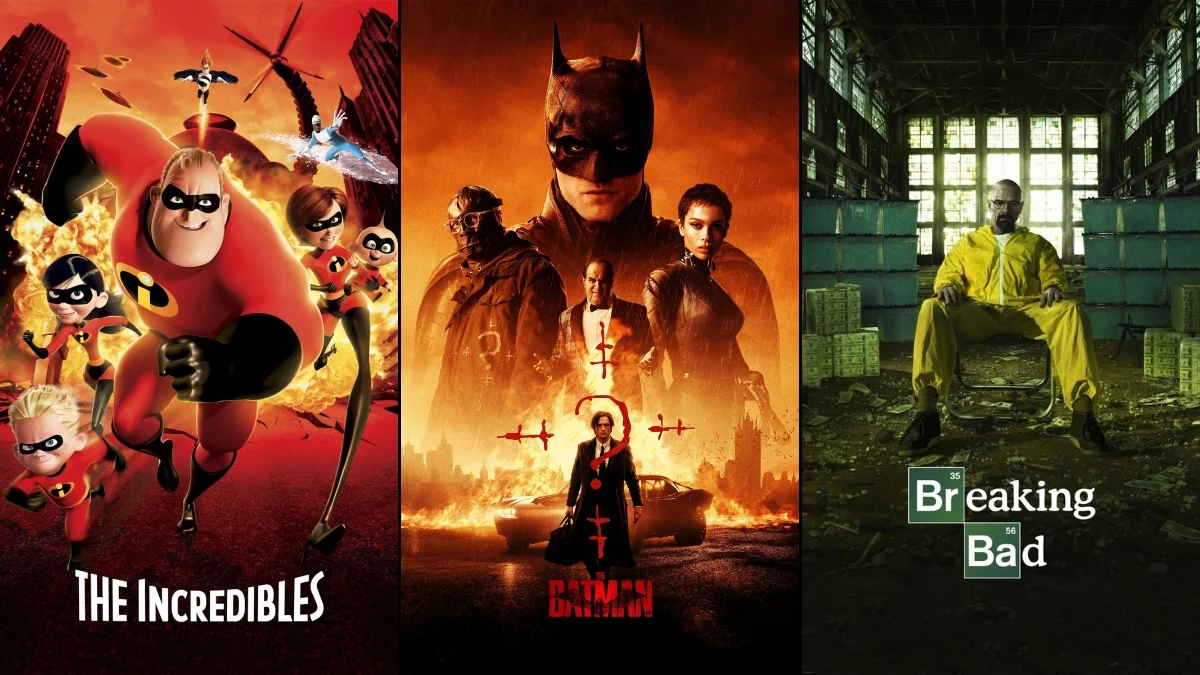
Effective foreshadowing subtly introduces clues throughout a story, then brings them back at crucial moments, making reveals feel natural and well-deserved. The most successful examples use recurring themes, objects, casual comments, or background elements to gently prepare the audience for later surprises or resolutions. When these moments arrive, viewers can look back and appreciate how the story cleverly hinted at what was to come. This list highlights twenty-five particularly strong instances where early setups lead to clear and satisfying conclusions.
‘The Sixth Sense’ (1999)
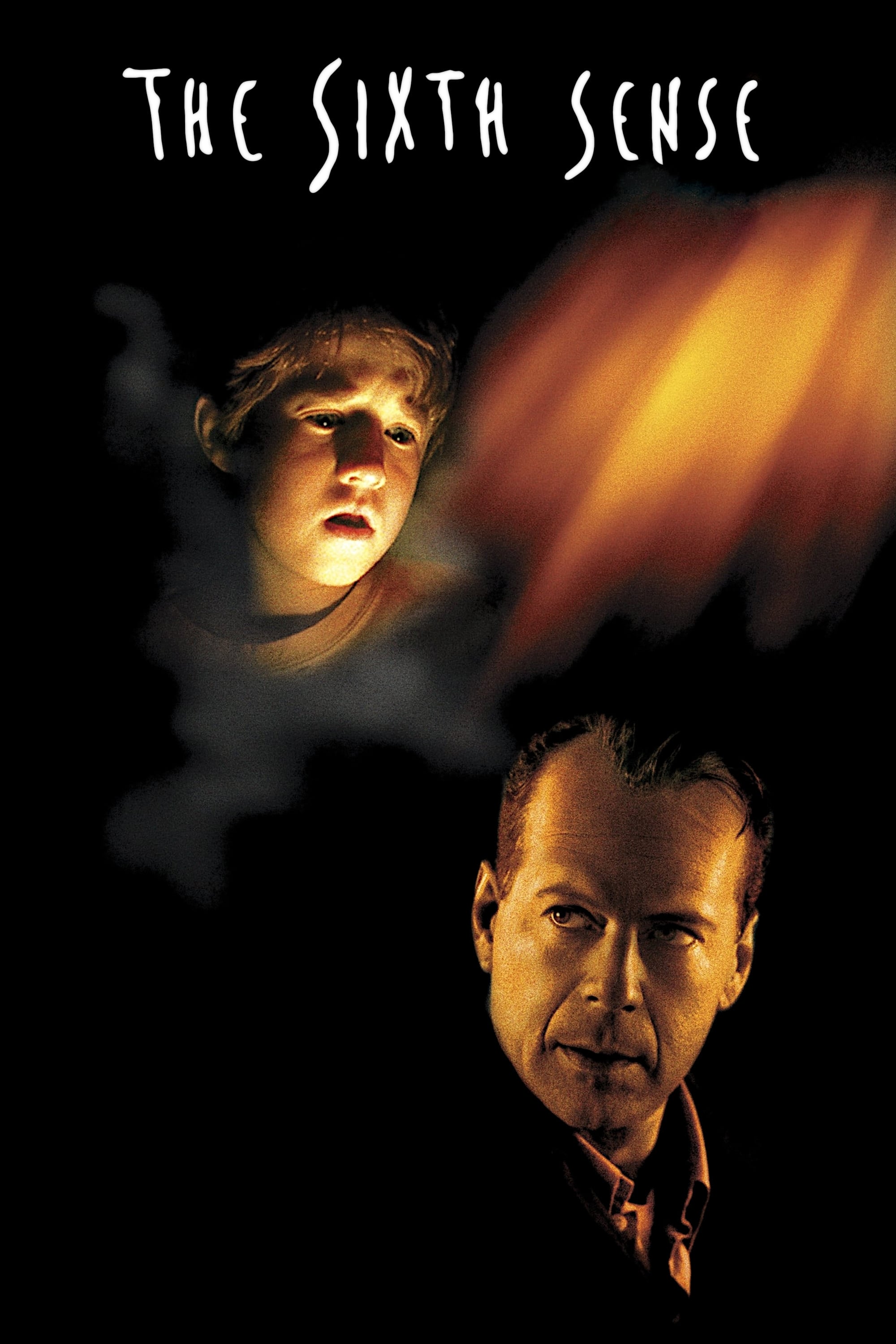
Right from the start, the movie uses visual clues to show Malcolm is different from everyone else—like doors that won’t open and a constant feeling of cold. A repeating use of the color red highlights when the spirit world appears. The film also explains how ghosts see things through the character Cole, which lets the audience understand things they didn’t notice before. If you watch it again, you’ll see that other characters often seem to ignore Malcolm, subtly hinting at the big surprise. The final reveal feels natural because it’s been carefully set up with these consistent clues from the beginning.
‘Fight Club’ (1999)
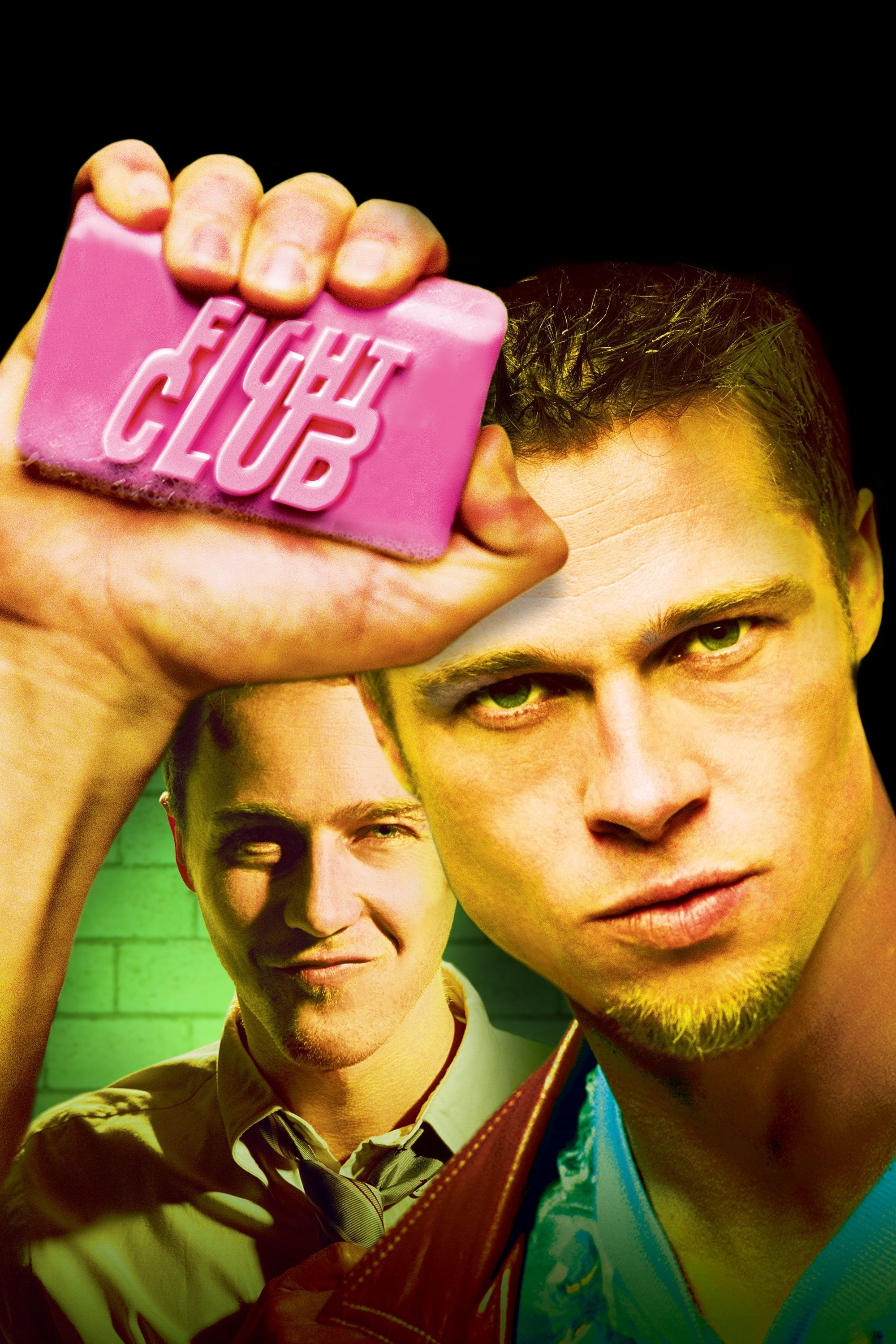
Brief glimpses of Tyler Durden appearing alongside the Narrator, along with their similar possessions and injuries, suggest they are actually the same person. The film explains the Narrator’s sleep deprivation and feeling disconnected from reality as reasons for gaps in his memory and strange actions. Other characters often treat Tyler and the Narrator as one and the same, subtly reinforcing this idea. The final showdown in the apartment building confirms everything we’ve seen, revealing how all the unusual events point to a single identity.
‘Back to the Future’ (1985)
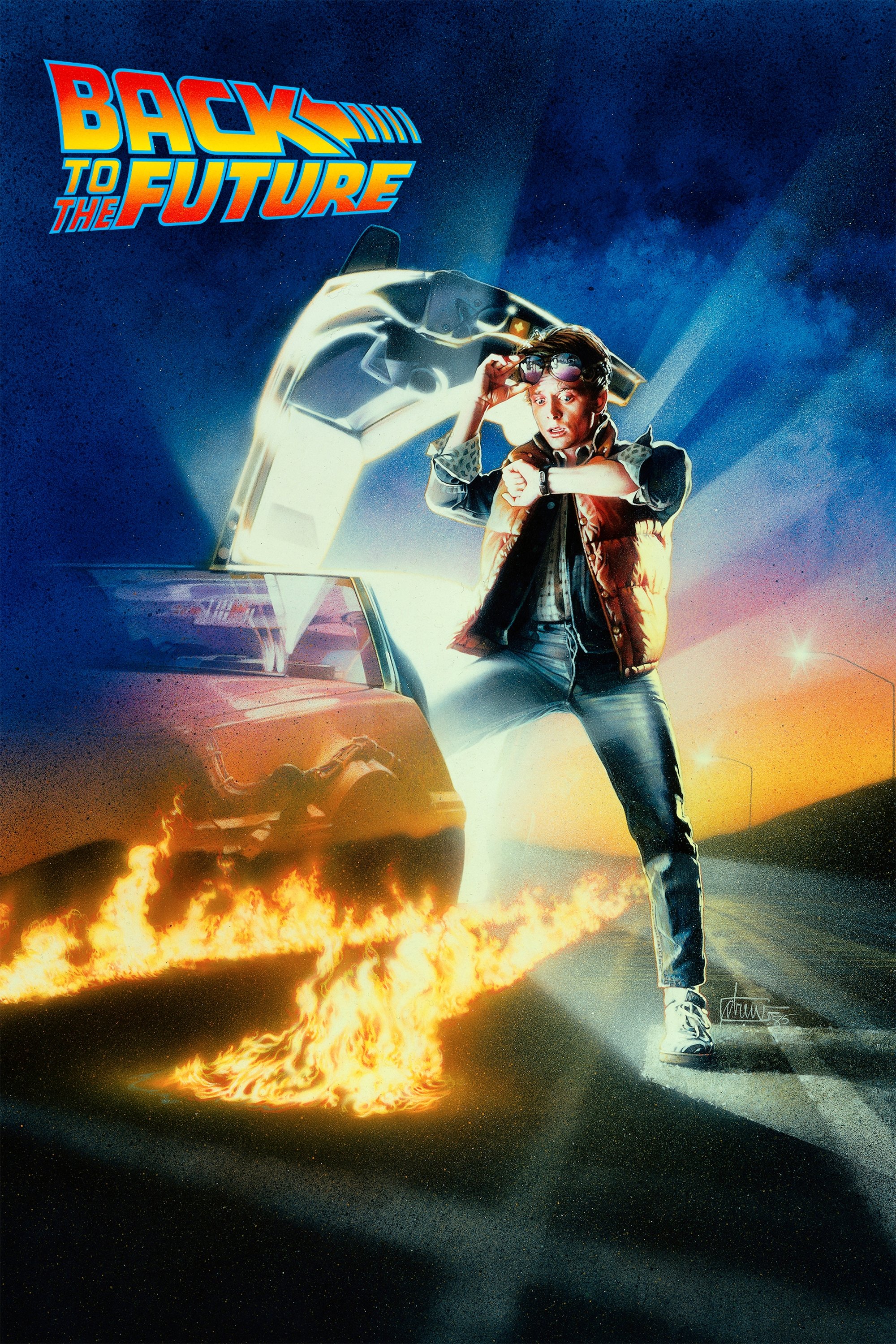
The film cleverly connects seemingly small details – like the opening scenes with clocks, Doc’s voicemail message, and the town’s clock tower fundraiser – directly to how Marty ultimately gets back to the future with the lightning strike. The explanation of the 1.21 gigawatts and the DeLorean’s necessary speed isn’t just technical jargon; it sets up a clear list of things that must happen in the final scene. And Marty’s early skateboarding skills aren’t just a fun detail – they become the basis for his improvised chase sequence. The exciting conclusion works so well because the story carefully introduces all the necessary elements – the right place, the right time, and the ability to make it happen – before bringing them all together.
‘Shaun of the Dead’ (2004)
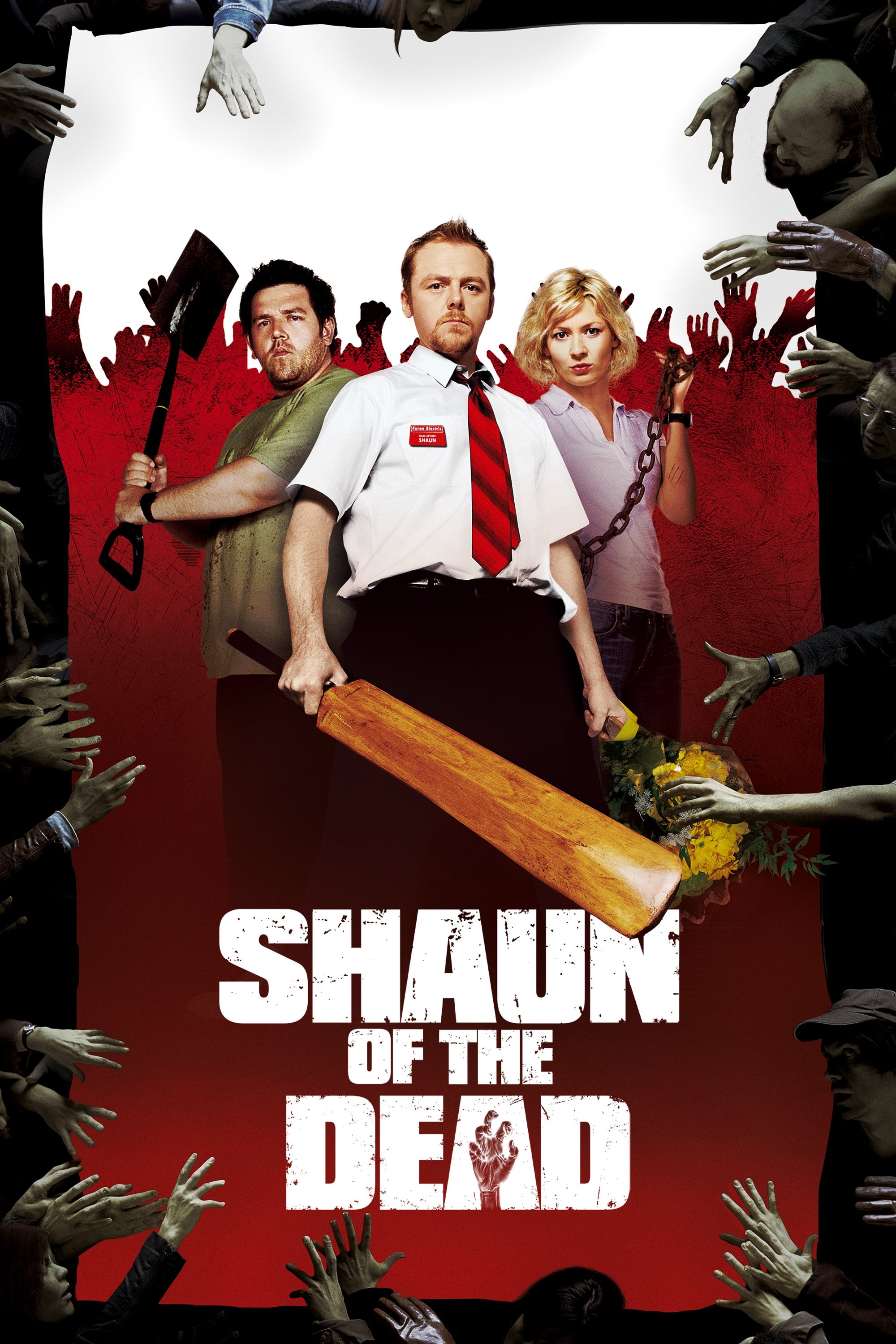
The film subtly lays out the entire story through seemingly unimportant conversations and visual jokes. These details initially seem casual, but later become crucial for understanding the unfolding events. Everyday routines, like Shaun’s trip to the store, are repeated after the outbreak begins, emphasizing the dramatic changes and providing opportunities for humor. Ultimately, the climactic fight at the Winchester pub directly connects to and resolves the earlier foreshadowing, delivering on the story’s carefully constructed plan.
‘Hot Fuzz’ (2007)
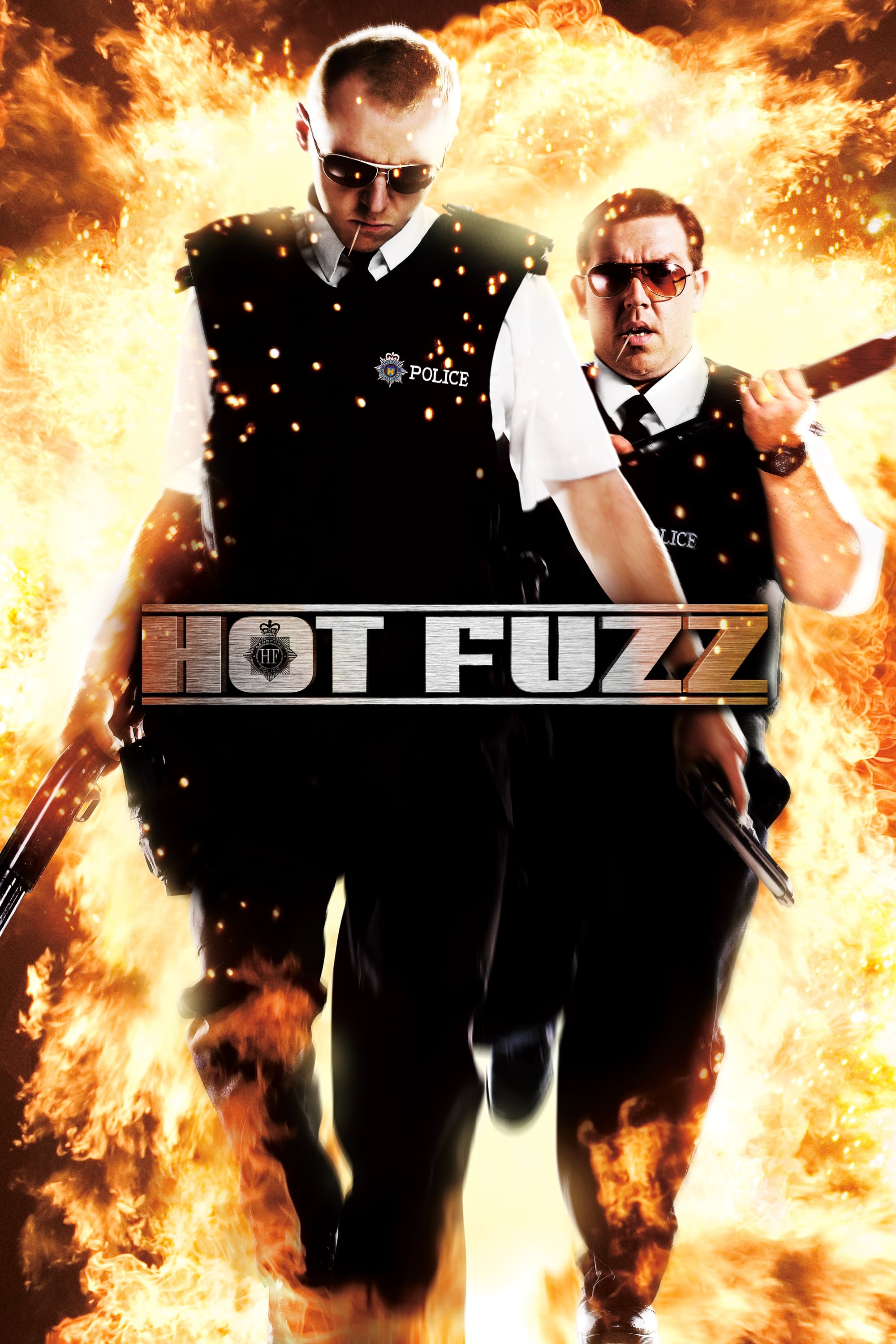
Hints about the swan, the model village, and the NWA’s focus on “the greater good” subtly reveal the real power dynamics at play. Training sequences demonstrating Nicholas Angel’s meticulous methods hint at how he’ll eventually defeat the villains. Casual remarks about things like church towers, shortcuts, and garden shears later become important parts of the action. The final fight through the model village is a physical representation of the chaos hinted at from the beginning.
‘Knives Out’ (2019)
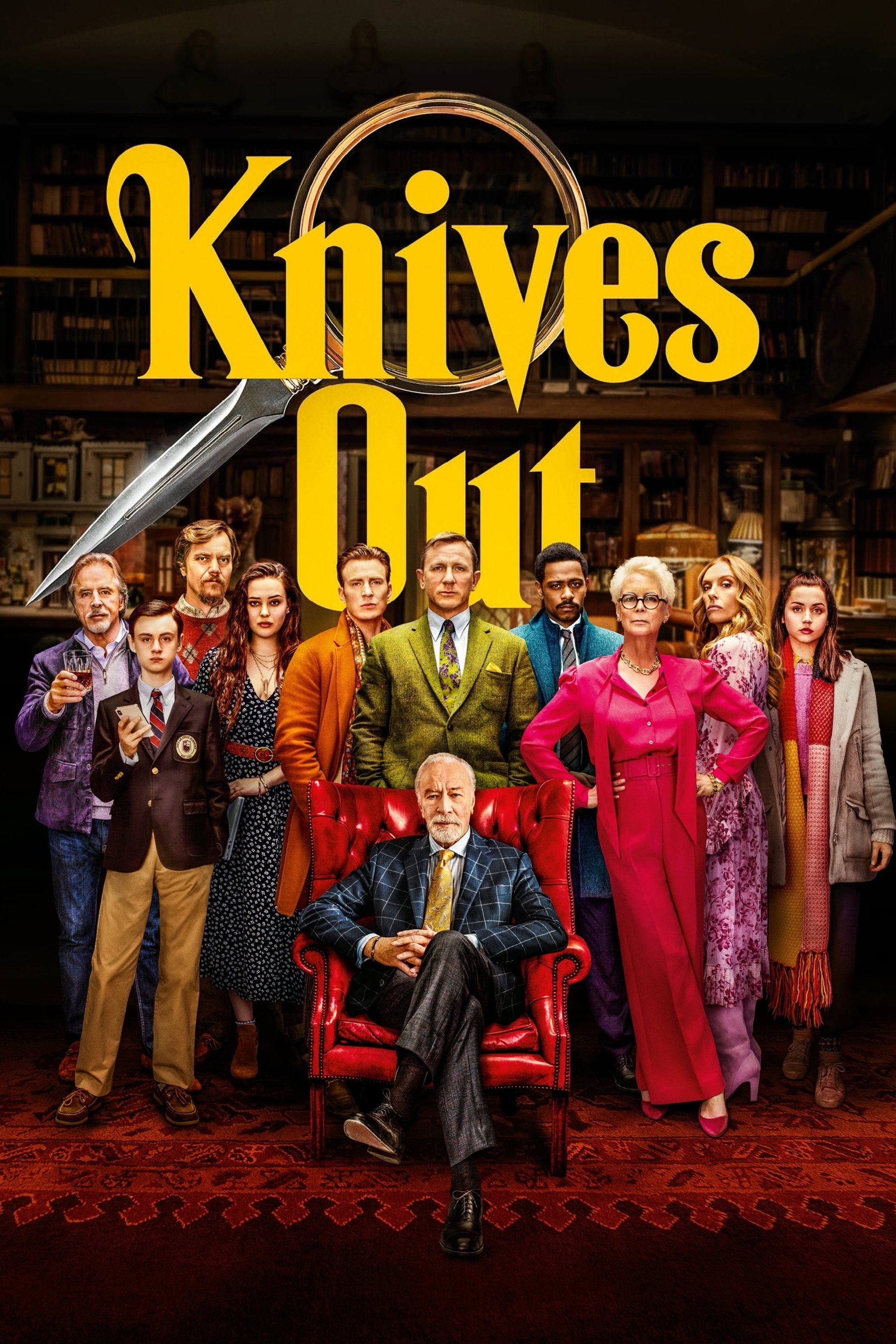
The movie carefully establishes Marta’s unique condition – she physically can’t lie without getting sick – and how the toxicology report works, well before the mystery is solved. Seemingly minor details, like medicine bottles, muddy footprints, and a broken stair, are shown early on. Conflicting stories from the family members are later explained using these previously introduced clues. Ultimately, the climax relies on both Marta’s condition and the lab results, just as the film initially presented them.
‘The Prestige’ (2006)
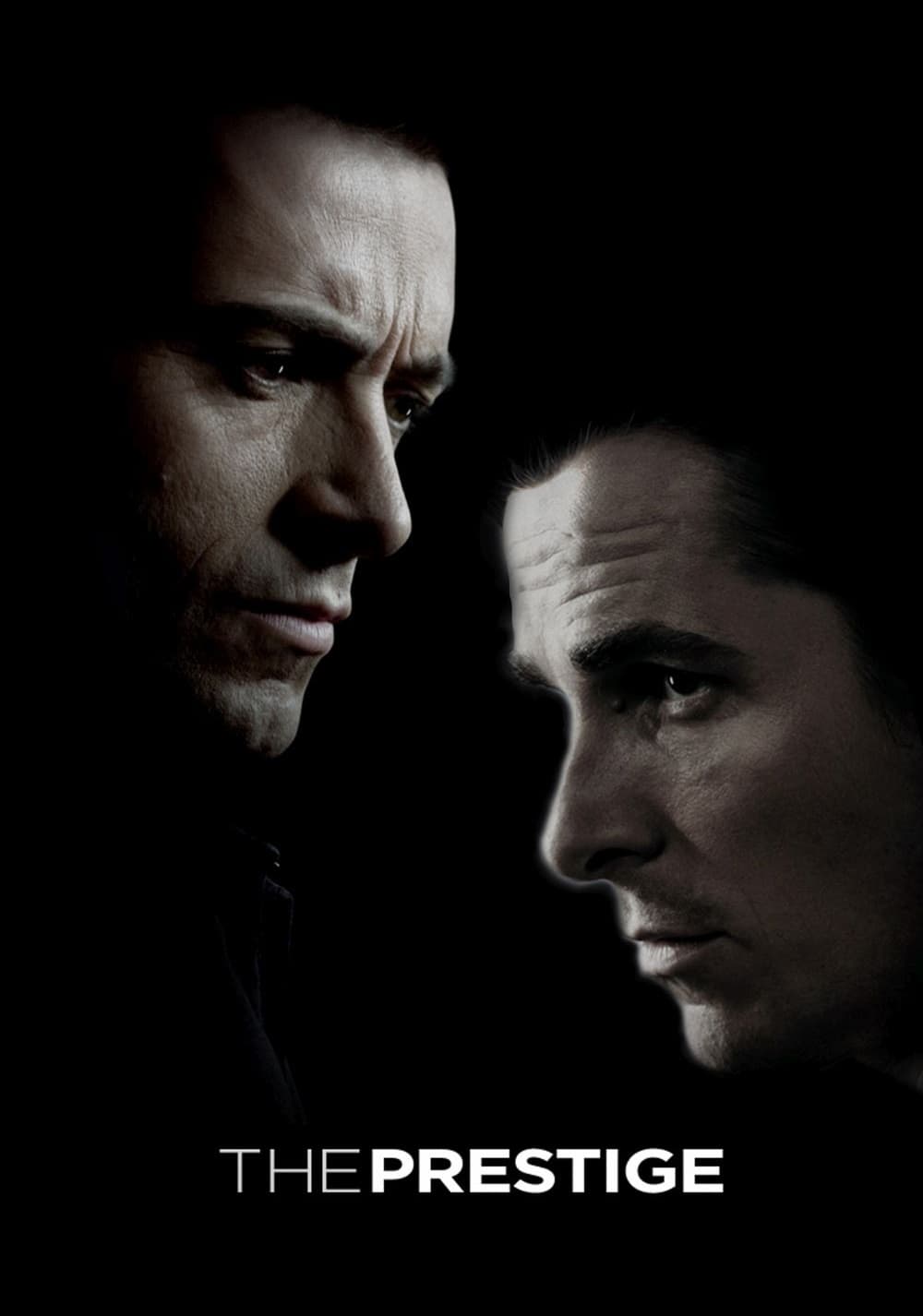
From the beginning, the story focuses on how the magicians work – their techniques and codes – rather than on any magical powers. It emphasizes pairs, hidden identities, and even physical sacrifices, subtly hinting at a solution involving twins. Tesla’s invention isn’t presented as magic, but as a machine that consistently delivers a specific outcome, changing what the rivals are competing for. Ultimately, the story’s big reveals directly connect the earlier clues and strange behaviors to the tragic fate of each magician.
‘The Godfather’ (1972)
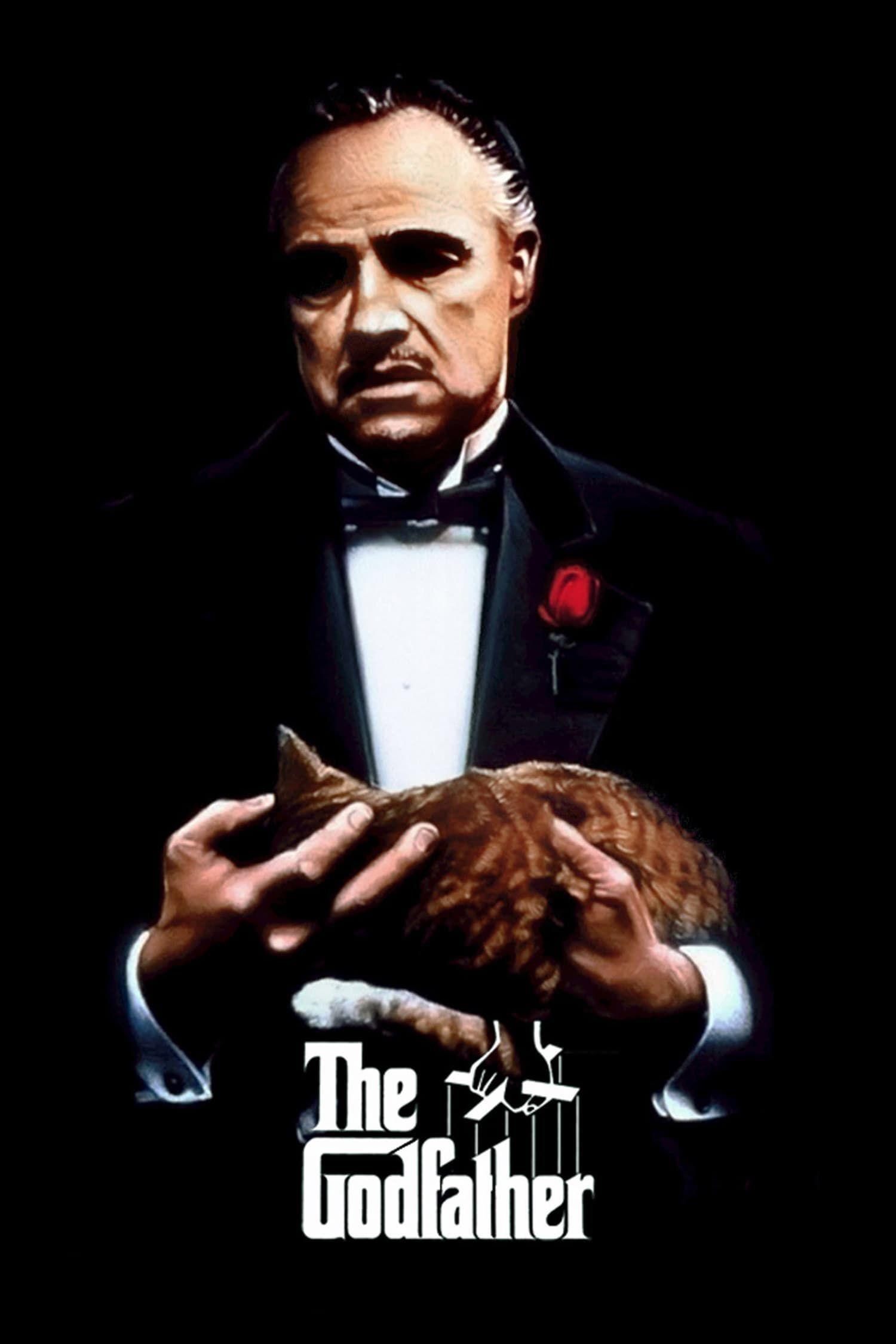
One of the most striking things about this film is the use of oranges – they subtly appear before any act of violence or death, acting almost like a visual warning. We really see how Michael’s eventual ruthlessness isn’t a sudden change, but built up through little things – his ability with languages, how carefully he observes people, and his meticulous planning. The family dinners and formal meetings aren’t just scenes of warmth; they’re actually laying out the rules of how power works within the Corleone family. And that final shot of the door closing on Kay? It’s a powerful moment, and it brilliantly echoes the earlier idea that the personal and the business sides of this family are completely separate worlds.
‘Breaking Bad’ (2008–2013)

The episode begins with stark black-and-white images of bears, a burned eye, and scattered wreckage, subtly hinting at the plane crash that happened earlier in the season. Scenes of chemistry class and quick-thinking lab work set the stage for how the characters will later solve problems when facing enemies and the police. A pink bear’s eye keeps appearing as a symbol of unforeseen results, connecting different parts of the story. Ultimately, the reason for the crash is revealed to be a direct result of decisions made throughout previous episodes.
‘Game of Thrones’ (2011–2019)
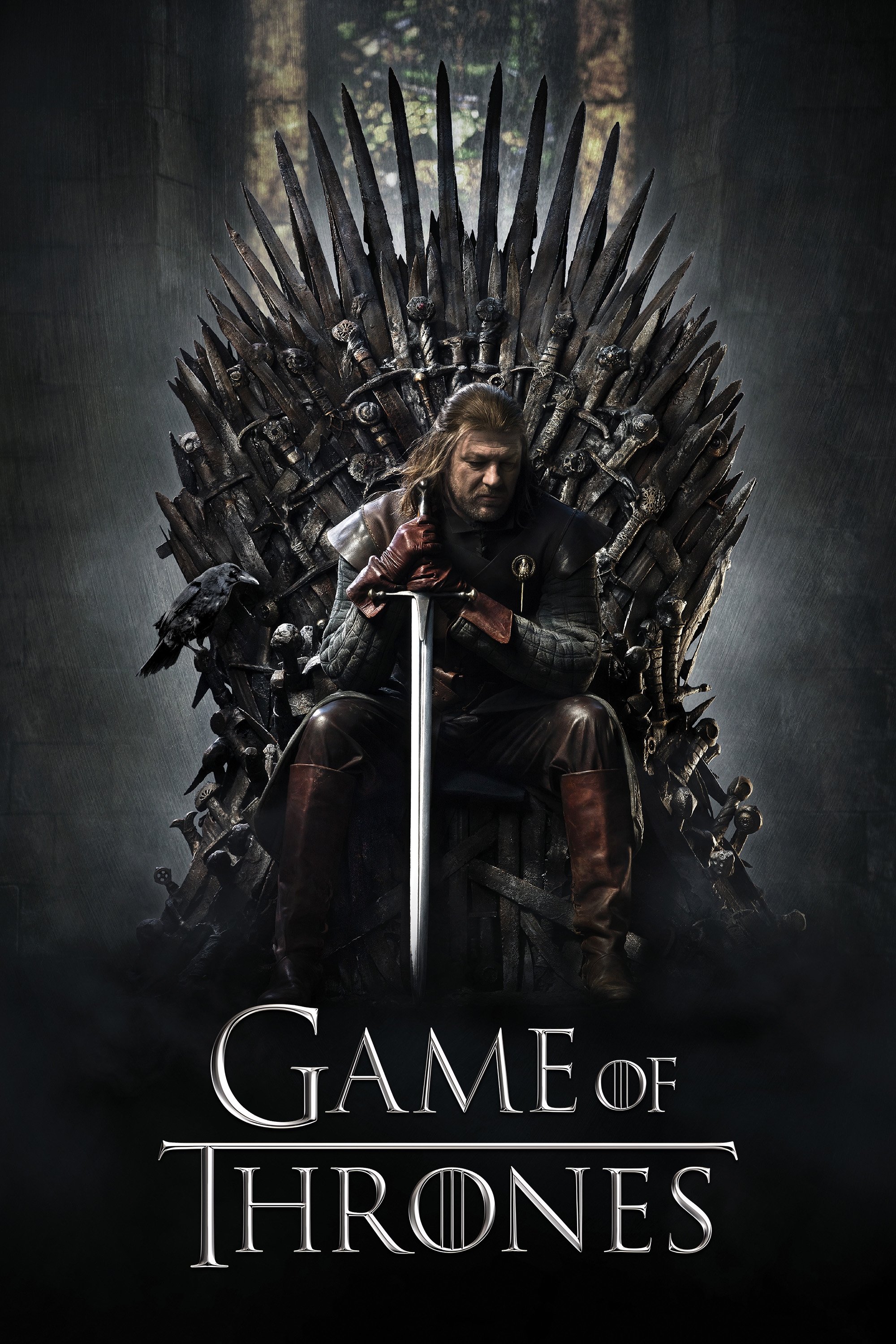
The show subtly reveals information about Jon Snow’s family through dialogue, objects, and memories, beginning with Ned Stark’s mysterious words. Important details about special weapons like Valyrian steel and dragonglass are explained upfront, making their later use in battles understandable. Symbols like wolves, dragons, and ravens, as well as prophecies, foreshadow future events and relationships. When key details are confirmed, they feel like pieces of a puzzle fitting together, rather than surprising twists.
‘Arrested Development’ (2003–2019)
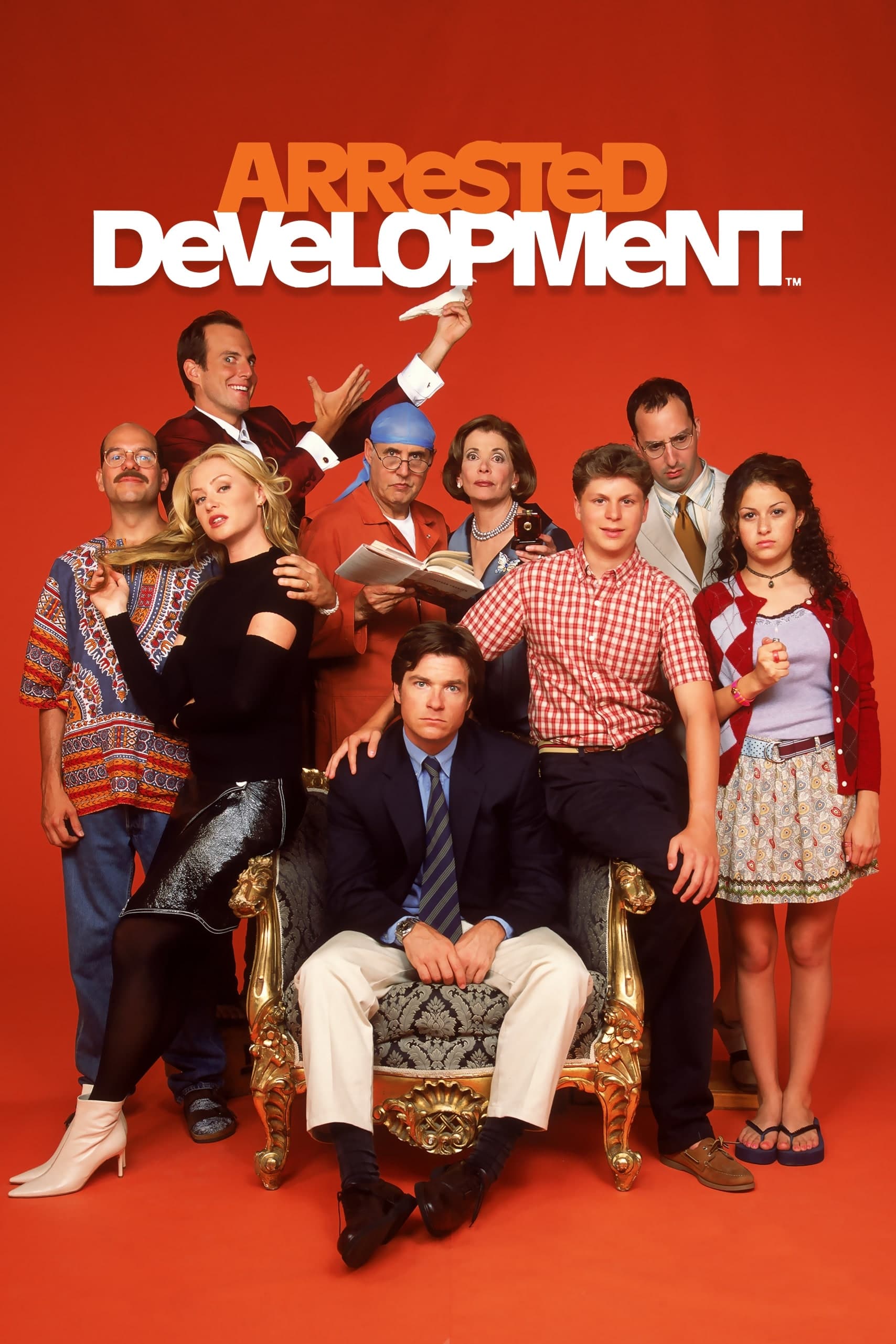
Throughout the show, subtle jokes and visual clues hint at what’s to come – like running gags about a leaky seal, a chair with a missing hand, and signs around the courthouse, all foreshadowing Buster’s shark experience. Blue handprints on the model home subtly prepare viewers for a later, artistic reveal involving Tobias. The show cleverly uses narration and background humor to introduce future jokes through things like store displays, company names, and song lyrics. These jokes land well because the setup is hidden within the show’s general comedic atmosphere, and viewers are trained to notice these small details.
‘The Usual Suspects’ (1995)
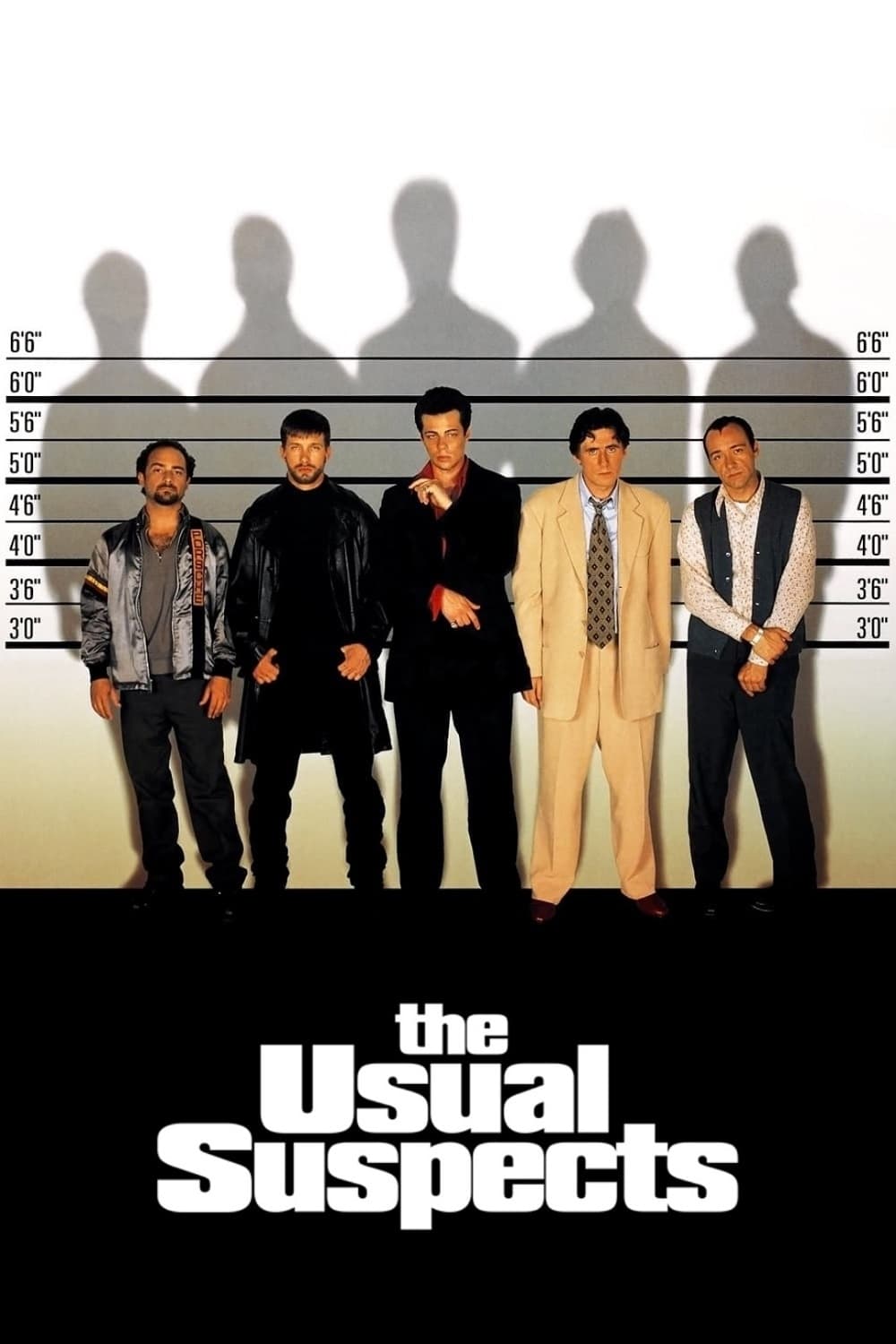
Verbal Kint builds his story from details found in the interrogation room – things like brand names on objects and locations on a map. He introduces seemingly minor details – a limp, how he holds his coffee, a trick with his lighter – that later take on a completely different meaning. He crafts names and roles based on what he sees around him, turning simple observations into lies. Finally, the way he walks out of the room forces you to reconsider everything he said, highlighting those overlooked clues.
‘Hereditary’ (2018)

The film immediately hints at the family’s controlling nature through detailed miniature houses and carefully arranged rooms. A character’s nut allergy is presented simply, and its on-screen effects become important to the unfolding story. Throughout the film, symbols are subtly introduced – carved into wood and on telephone poles – before their true meaning is understood. As the story progresses, it becomes clear that earlier events weren’t accidental, and these subtle clues foreshadow what was really happening.
‘Parasite’ (2019)
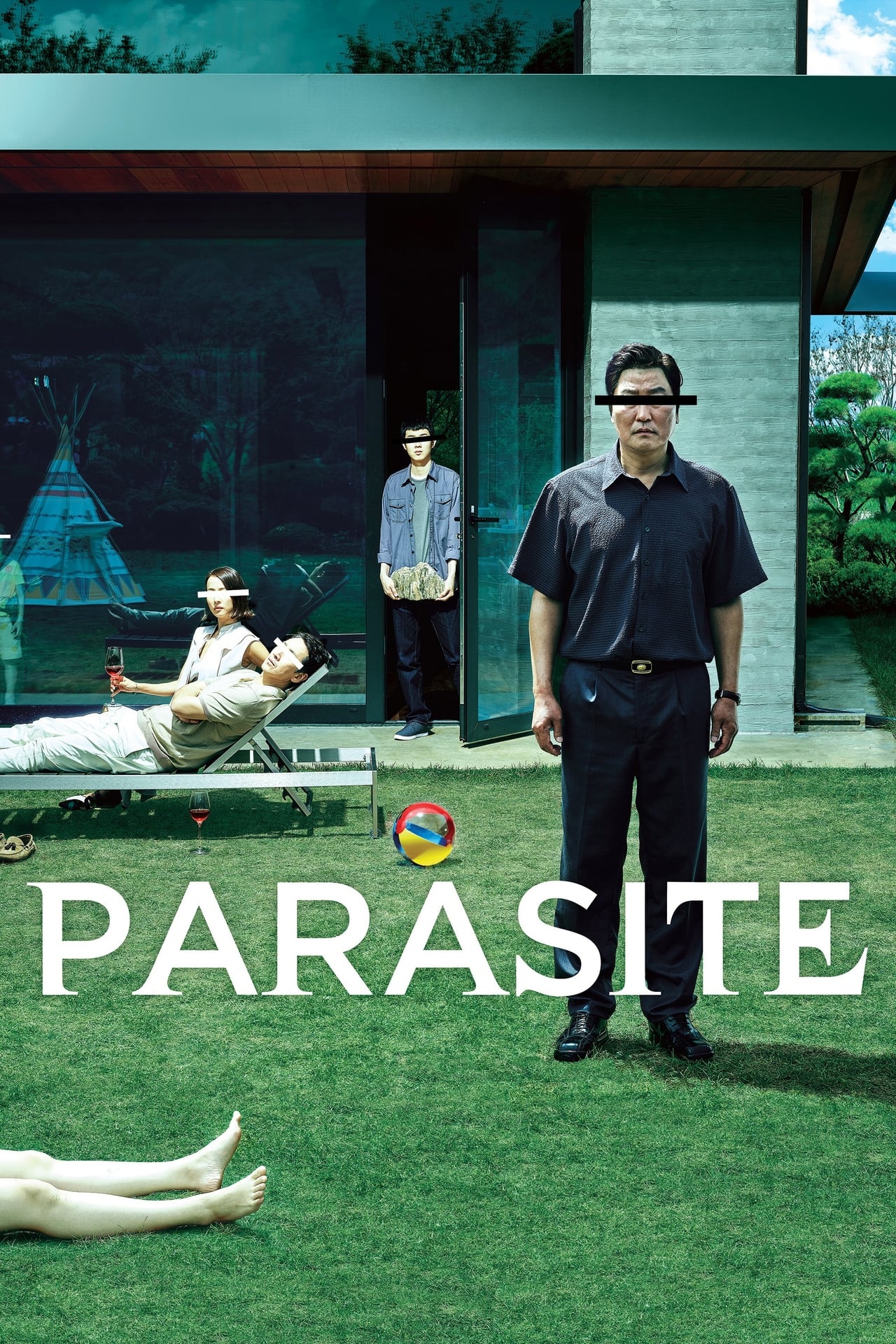
A special stone is given as a gift and seems to show up whenever important or risky things happen, suggesting a connection between good luck and danger. The house itself is carefully described from the beginning, focusing on its layout – things like the stairs, secret areas, and how you can see from one room to another. Conversations about smells and social status hint at unspoken rules that later control where characters are allowed to go. When a secret is found in the basement, it connects to earlier hints about the house’s hidden history and warnings from a former employee.
‘The Incredibles’ (2004)
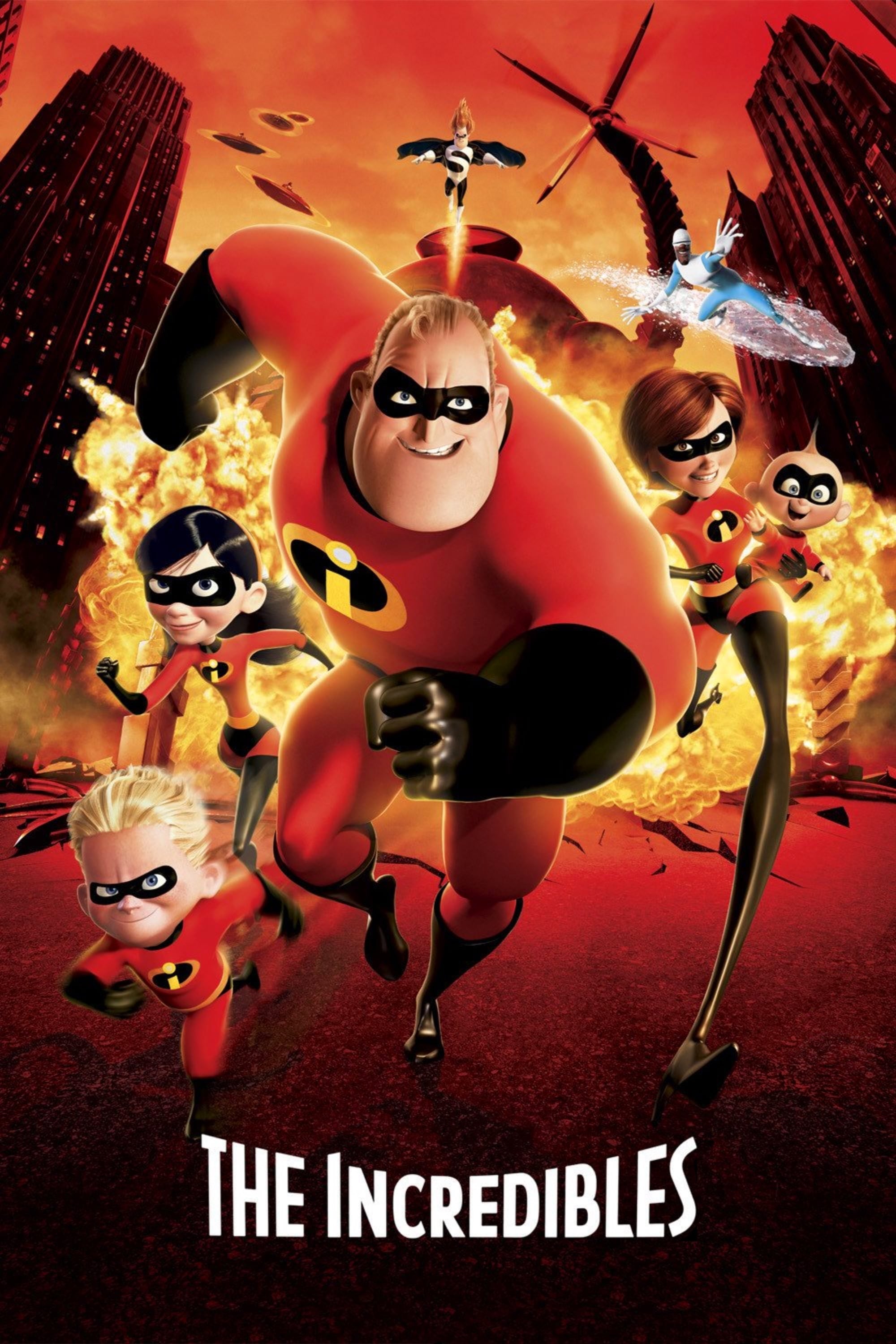
The movie shows Edna complaining about capes, referencing past mishaps and ultimately creating a rule that defeats a villain. We learn about Syndrome’s background through old home videos, which explain why he creates his invention program. Each member of the family gets a chance to show off their powers in everyday situations before they work together in action-packed fights. The final battles cleverly use the same strengths and weaknesses that were first seen in those normal, family scenes.
‘Se7en’ (1995)
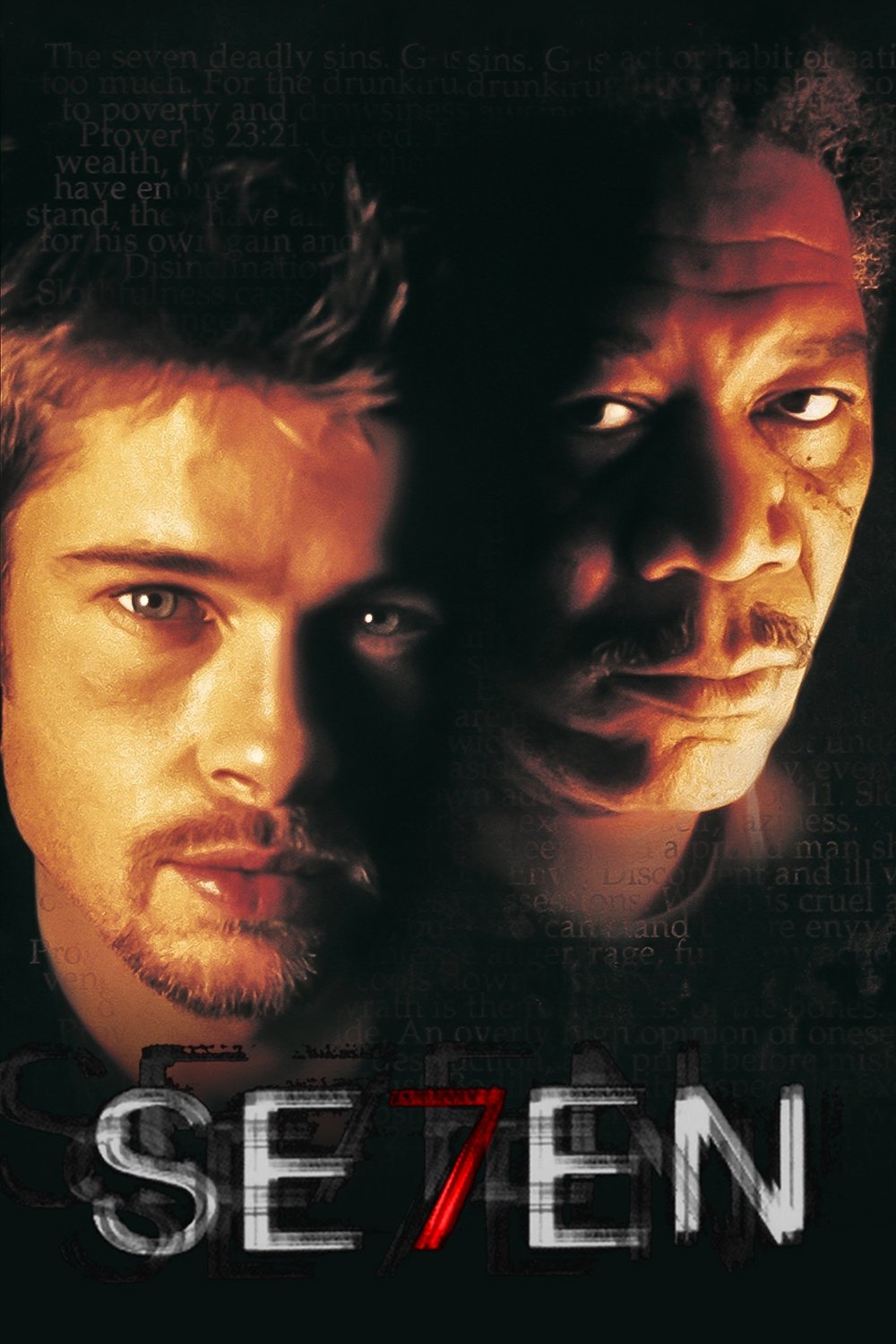
The killer’s apartment and detailed scrapbooks reveal a carefully planned series of murders, each representing one of the seven deadly sins. The initial crimes establish a pattern – requiring significant preparation, involving unwilling participants, and using meaningful objects – that continues throughout the investigation. Meanwhile, the detectives’ discussions about morality set the stage for the killer’s final act. The concluding murder follows the established pattern, completing the killer’s twisted design.
‘Harry Potter and the Deathly Hallows’ (2007)

The books establish clear rules for wizard duels, particularly regarding wand ownership and how to disarm opponents. It’s not just having the Elder Wand that matters, but winning it through defeating its previous owner – a point made clear throughout the series. Characters frequently swap and lose wands during fights, and these moments ultimately have legal consequences based on the established rules. The final battle’s result hinges entirely on the carefully tracked history of who disarmed whom.
‘The Lord of the Rings: The Fellowship of the Ring’ (2001)
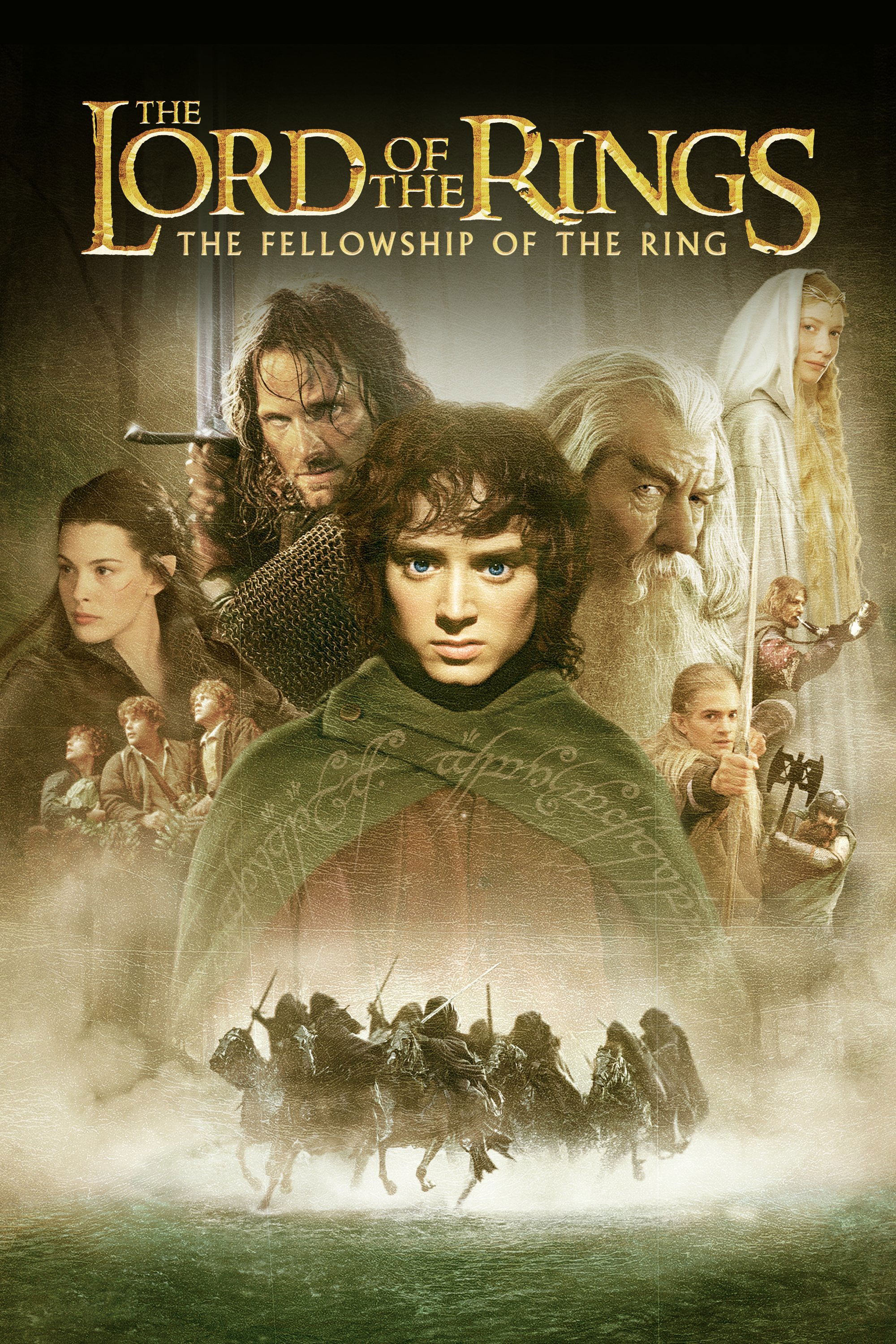
From the beginning, Gandalf argues for showing pity to Gollum, and this choice later proves important. We see the Ring’s power to corrupt through small tests, hinting at bigger struggles to come. The story carefully establishes locations and routes, making the characters’ journey feel prepared for. Ultimately, Gollum’s life – spared because of Gandalf’s mercy – ends up deciding the fate of the Ring.
‘Star Trek II: The Wrath of Khan’ (1982)
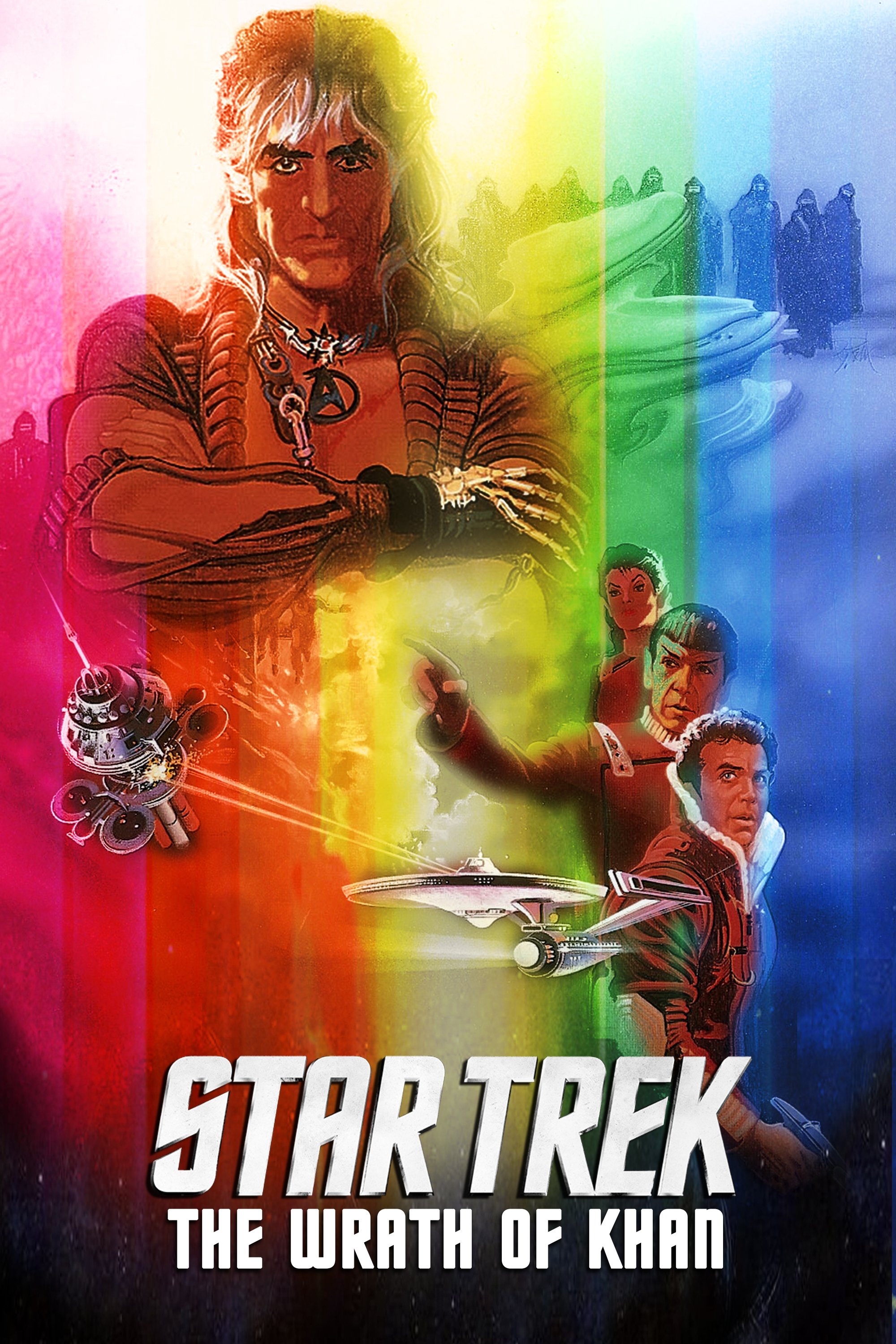
The Kobayashi Maru exercise is designed to show leaders how to handle impossible situations. Discussions between Spock and Kirk highlight different ways of dealing with risk – Spock using logic and Kirk bending the rules. The explanation of the Genesis device sets up the technical challenges and boundaries that drive the story to its peak. Ultimately, the solution in the final act, and the price paid for it, perfectly reflect the themes of leadership and technology established earlier.
‘No Country for Old Men’ (2007)
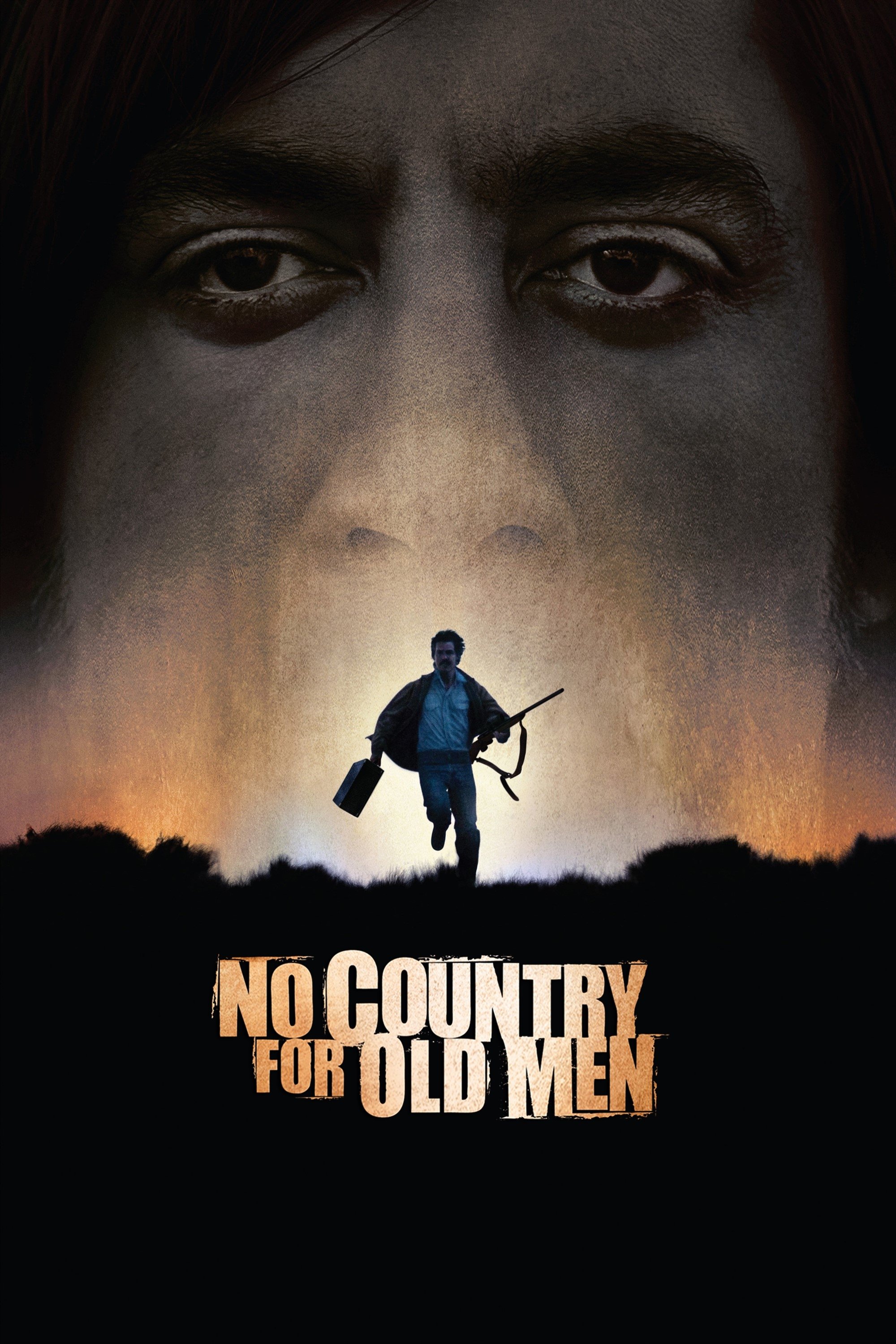
The film first shows how the captive bolt pistol and tracking device work, setting up their later use. Brief conversations hint at Anton Chigurh’s strict code and his habit of flipping coins, both of which drive key conflicts. Seemingly minor details – like beeping sounds, the design of motels, and even air vents – become crucial for survival later on. What happens isn’t based on chance, but on how these elements are used.
‘Inglourious Basterds’ (2009)
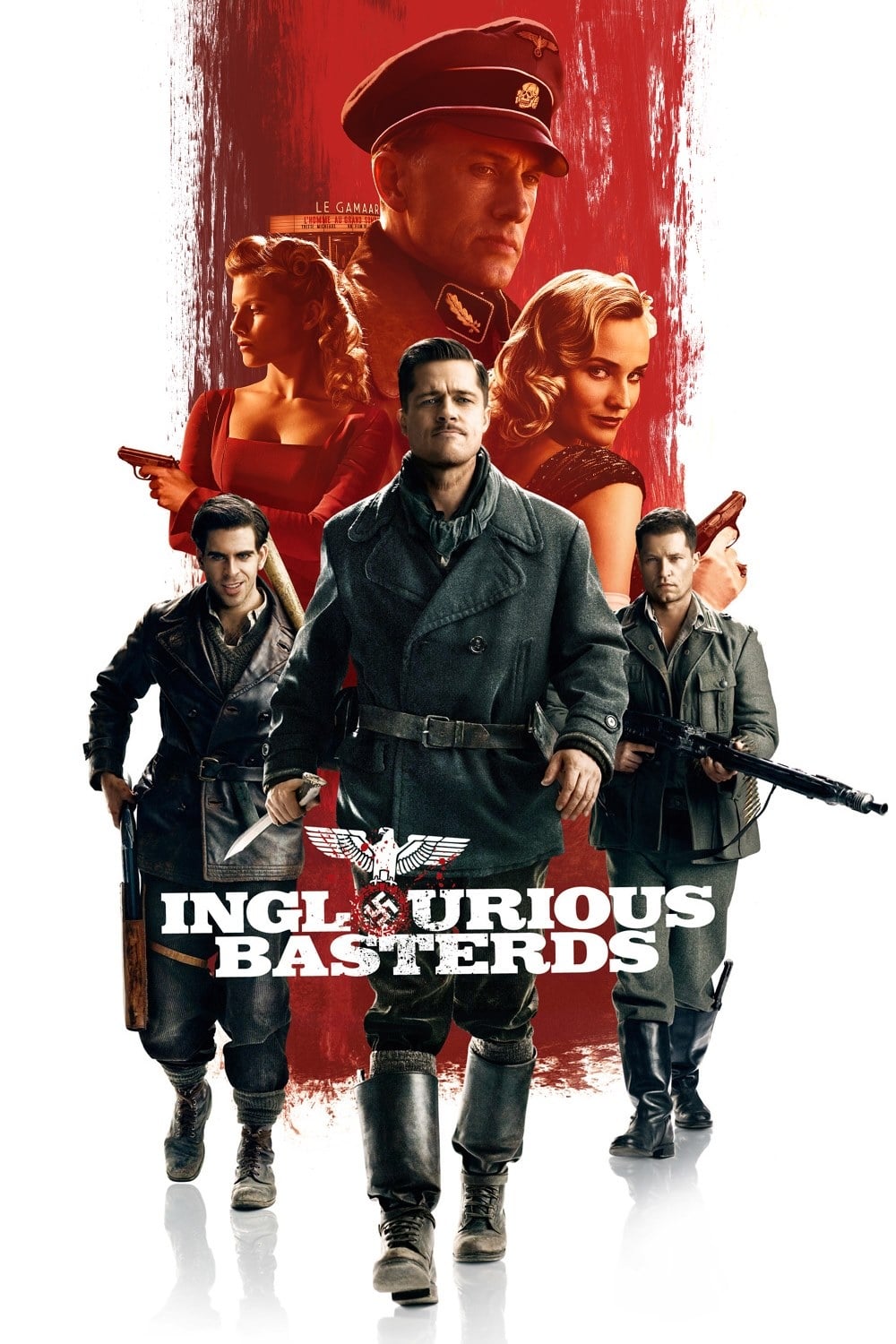
The film subtly connects Landa to the world of farms and milk, a connection revisited during key questioning scenes. It emphasizes details like shoes, handwriting, and accents, which later reveal characters’ lies. An early explanation of nitrate film foreshadows how fire becomes central to the story’s climax. Throughout the film, every event – from the basement tavern to the movie premiere – cleverly builds upon information presented earlier.
‘The Dark Knight’ (2008)
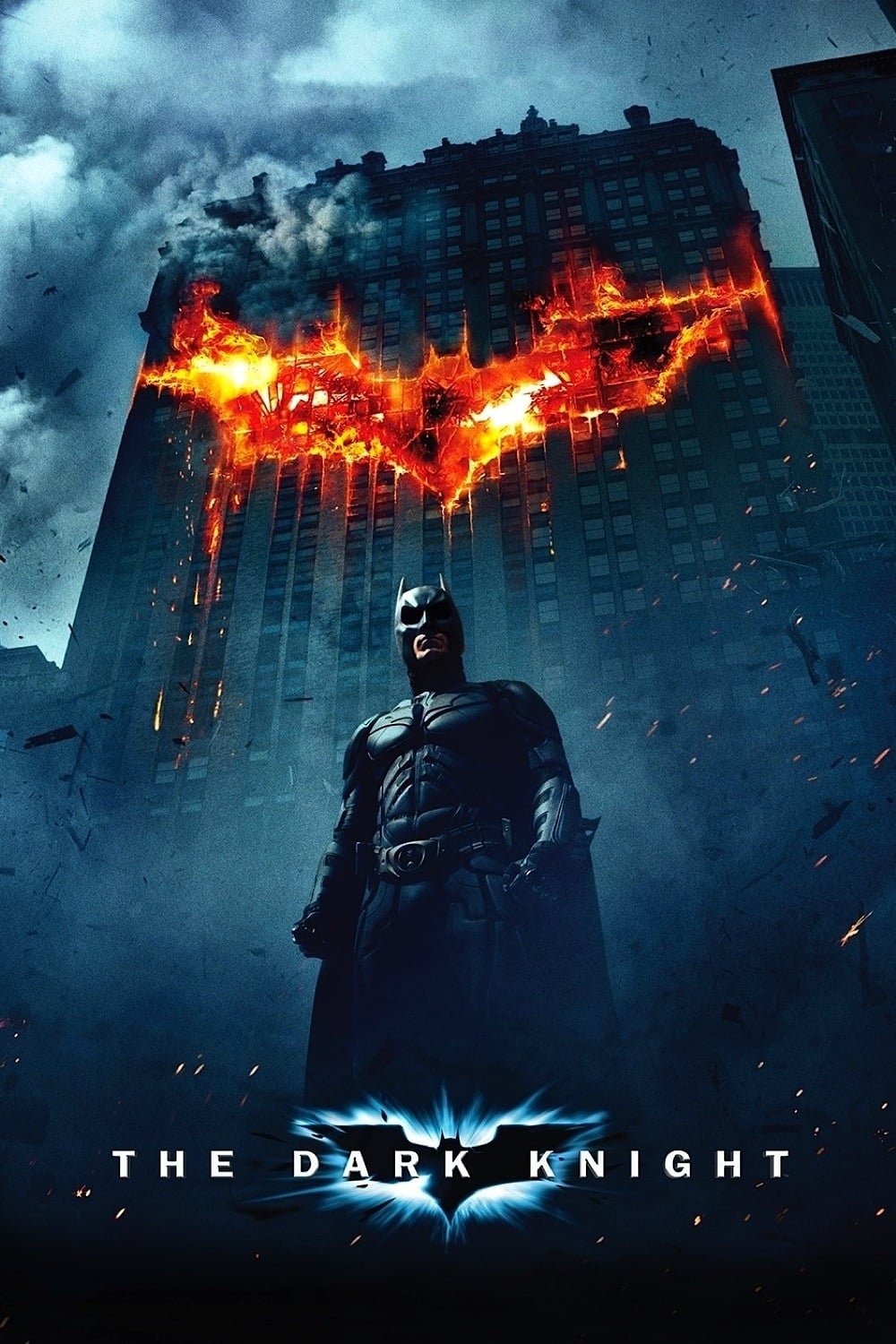
The story first explores Wayne’s idea for using cellphone sonar as a starting point for a larger city-wide security system. Batman’s detective work, shown through techniques like fingerprint analysis and ballistic testing, eventually allows him to understand the Joker’s plans. We clearly see Harvey Dent’s signature coin and courtroom behavior before these details become significant later on. Ultimately, the final challenge tests the characters based on principles and tools established throughout the story.
‘Coco’ (2017)
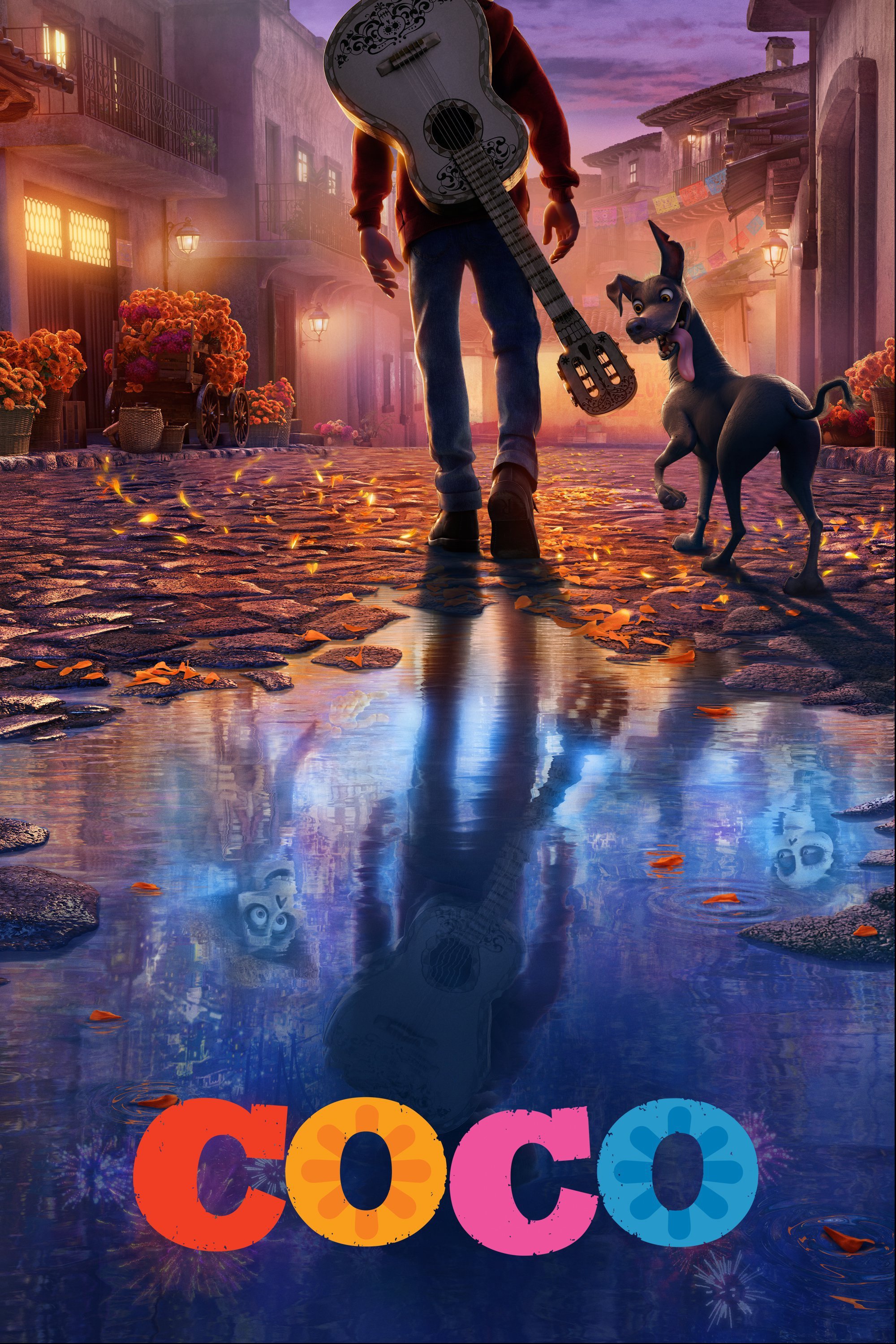
A photograph with a missing face hints at a family’s past and sparks a search for their roots. The story of the song ‘Remember Me’ begins with differing versions, which are later brought together. We quickly learn the rules surrounding altars and remembering loved ones, which explain how the spirit world functions. Ultimately, discovering who someone truly is and why they acted as they did clarifies those earlier disagreements, fitting within the established traditions and beliefs.
‘Rogue One: A Star Wars Story’ (2016)
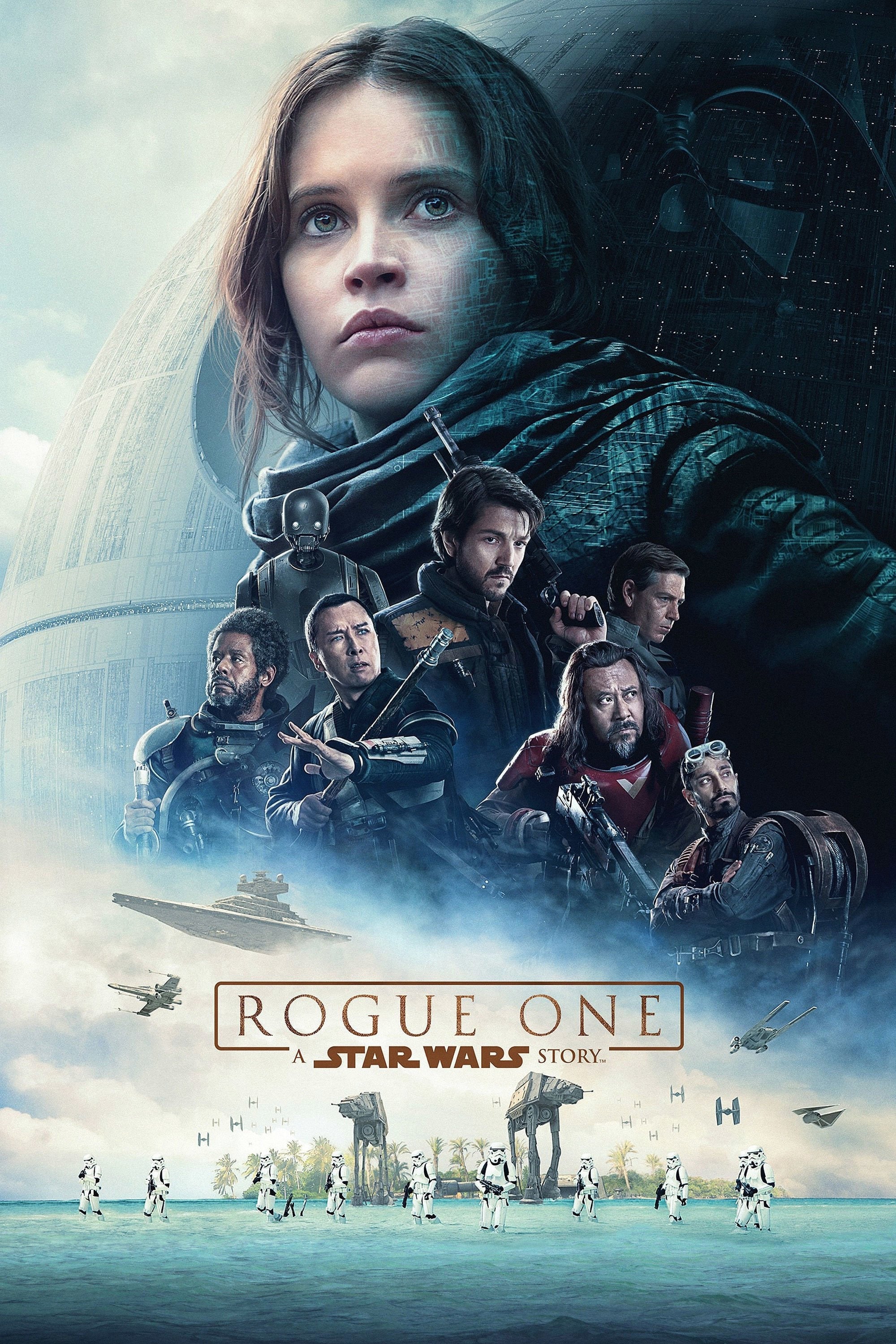
I learned from Galen Erso’s message that the battle station has a weakness built into it, and he actually explained how to use it against them. The way the information was stored and transmitted – things like file names, archives, and even antenna alignment – all seemed a bit odd at first, but it turned out to be a blueprint for how we’d pull off the data heist. We also figured out that the weapon runs on Kyber crystals, and that’s why getting the data from Scarif was so important. When the schematics finally came through, they proved Galen’s message was real and showed us exactly how to exploit that flaw he talked about.
‘The Batman’ (2022)
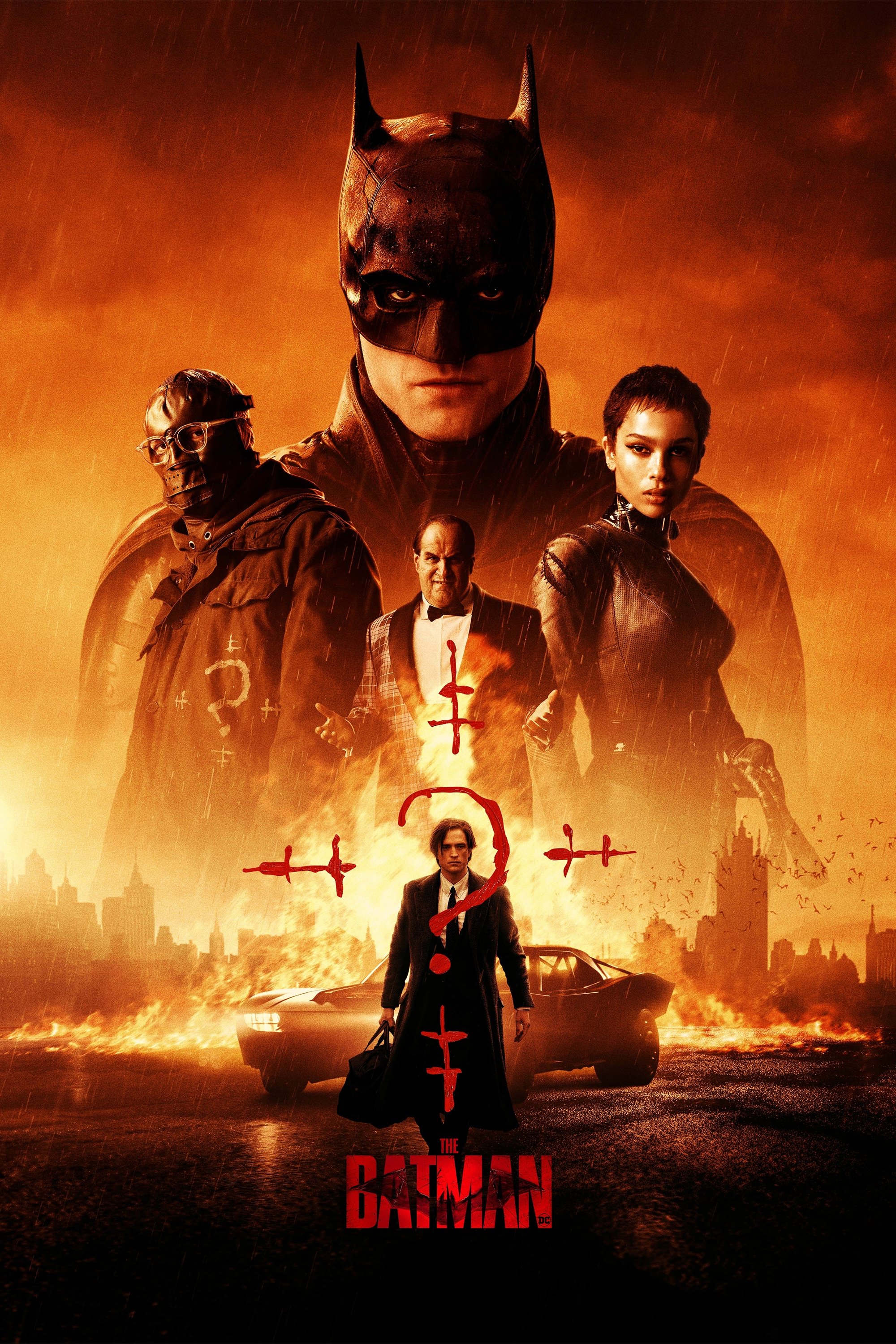
The show quickly introduces puzzles, codes, and hidden clues to prepare viewers for the Riddler’s challenges. It also carefully lays out the complex network of Gotham’s organizations – the police, the mafia, and city funding – making future twists and turns understandable. A riddle about a winged rat cleverly shifts focus between different suspects, drawing on their known past crimes. Ultimately, the Riddler’s flood plan connects back to geographic details and infrastructure information revealed earlier in the investigation.
Share your favorite examples of clever early foreshadowing that paid off perfectly in the comments!
Read More
- Silver Rate Forecast
- Gold Rate Forecast
- Красный Октябрь акции прогноз. Цена KROT
- Nvidia vs AMD: The AI Dividend Duel of 2026
- Dogecoin’s Big Yawn: Musk’s X Money Launch Leaves Market Unimpressed 🐕💸
- Bitcoin’s Ballet: Will the Bull Pirouette or Stumble? 💃🐂
- Navitas: A Director’s Exit and the Market’s Musing
- LINK’s Tumble: A Tale of Woe, Wraiths, and Wrapped Assets 🌉💸
- Can the Stock Market Defy Logic and Achieve a Third Consecutive 20% Gain?
- Solana Spot Trading Unleashed: dYdX’s Wild Ride in the US!
2025-10-31 17:18